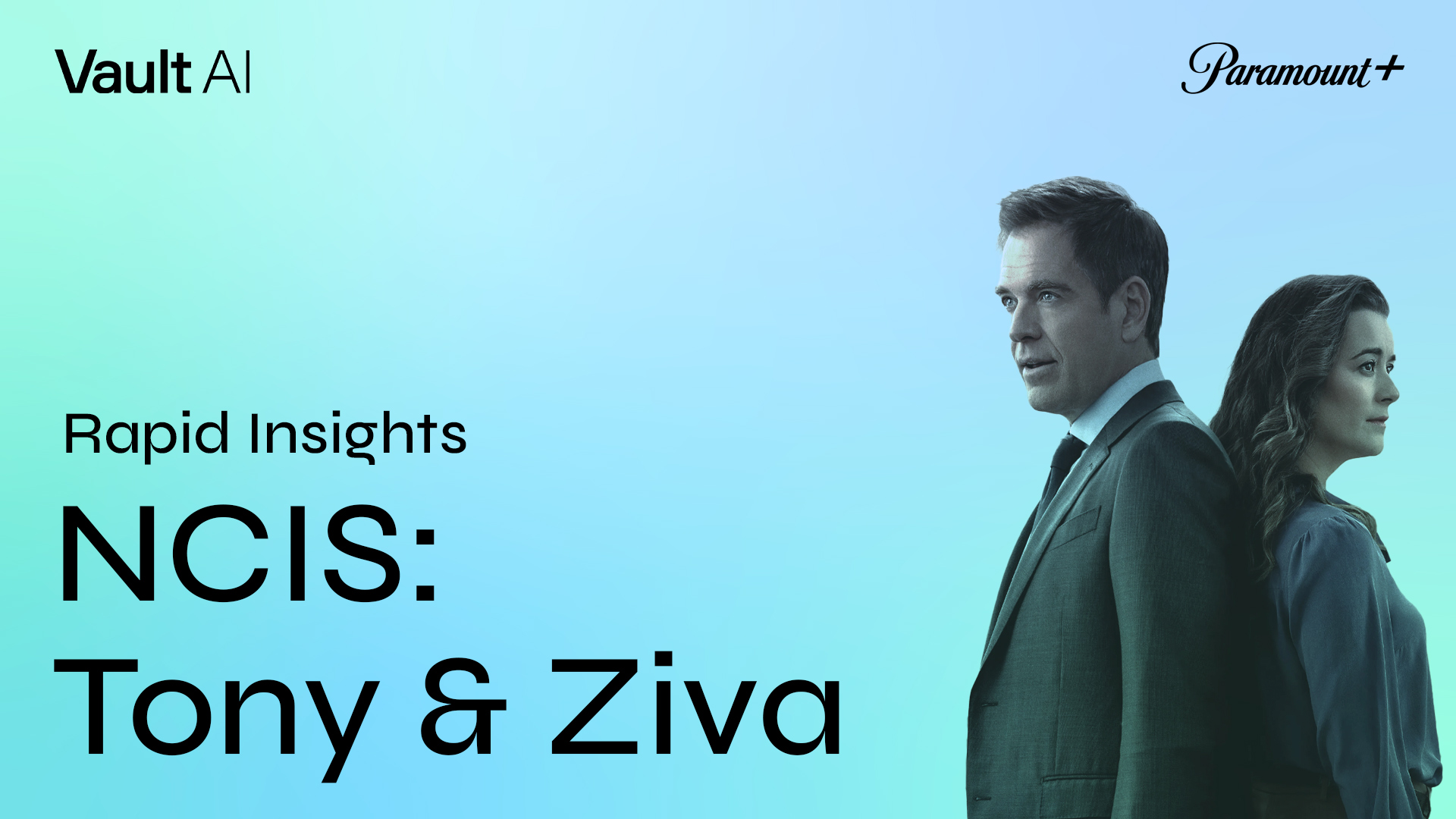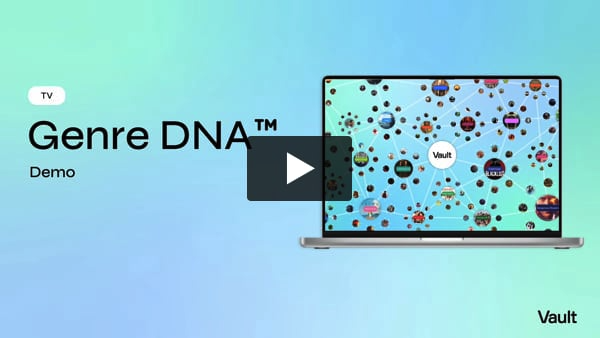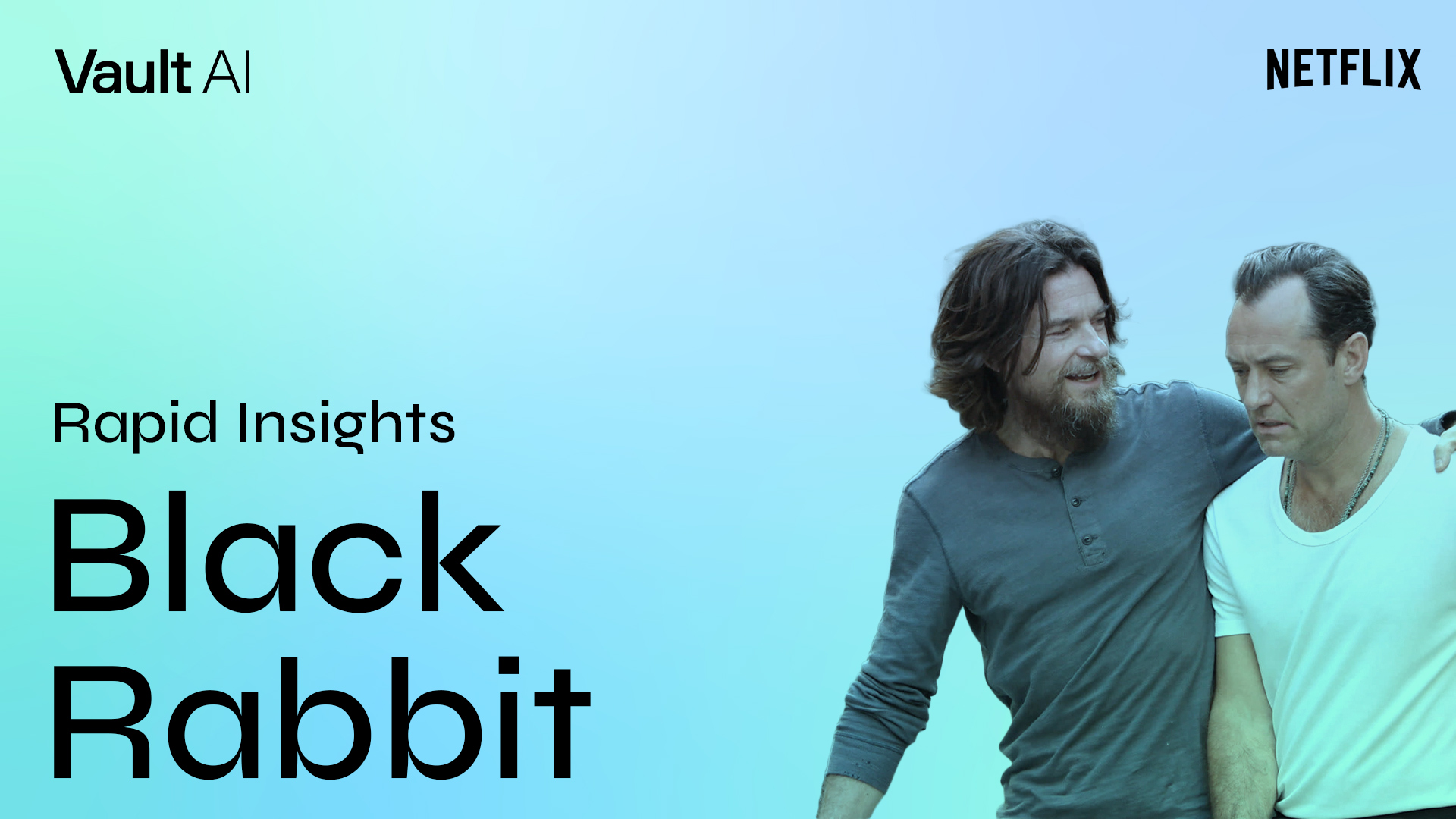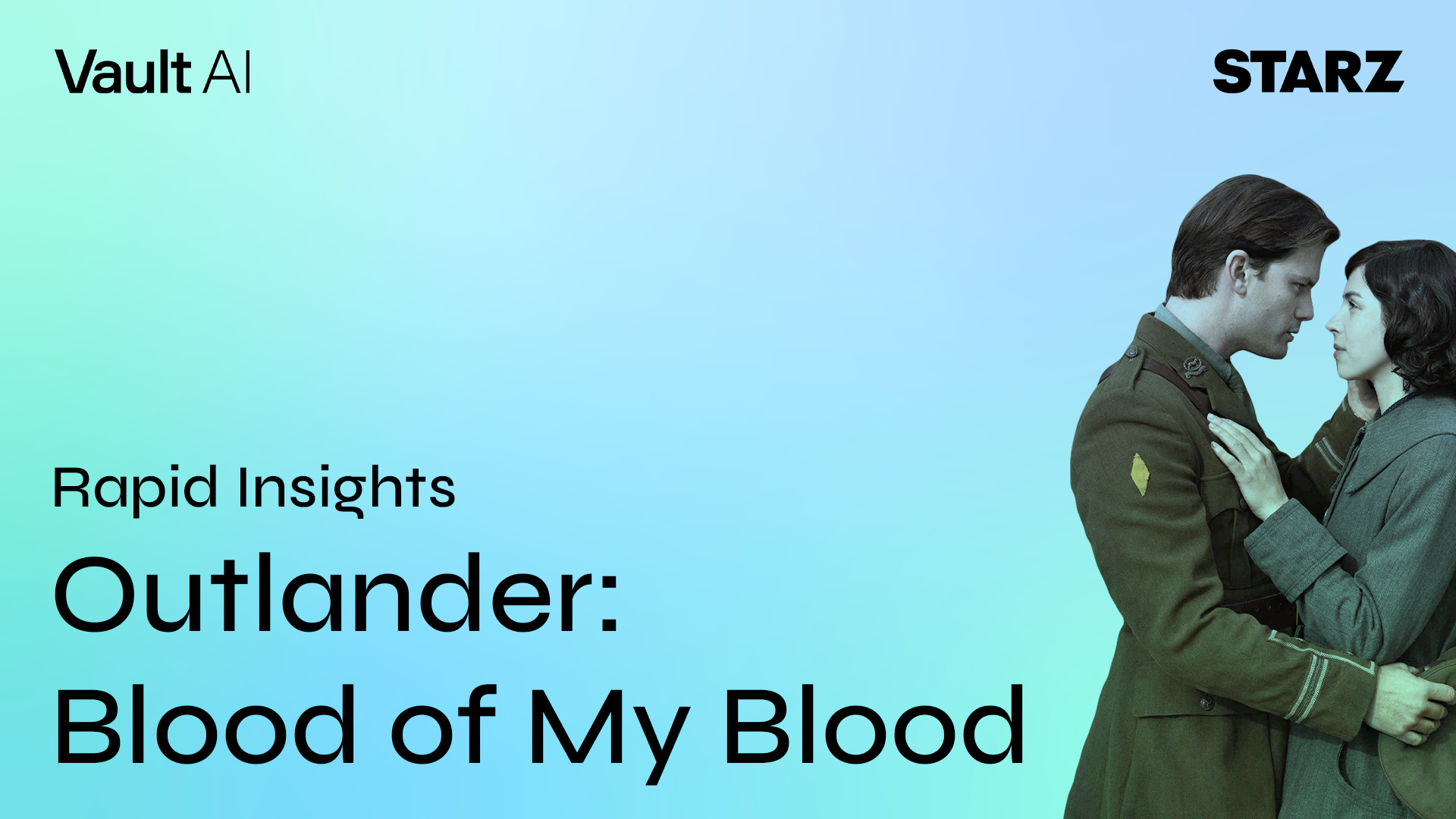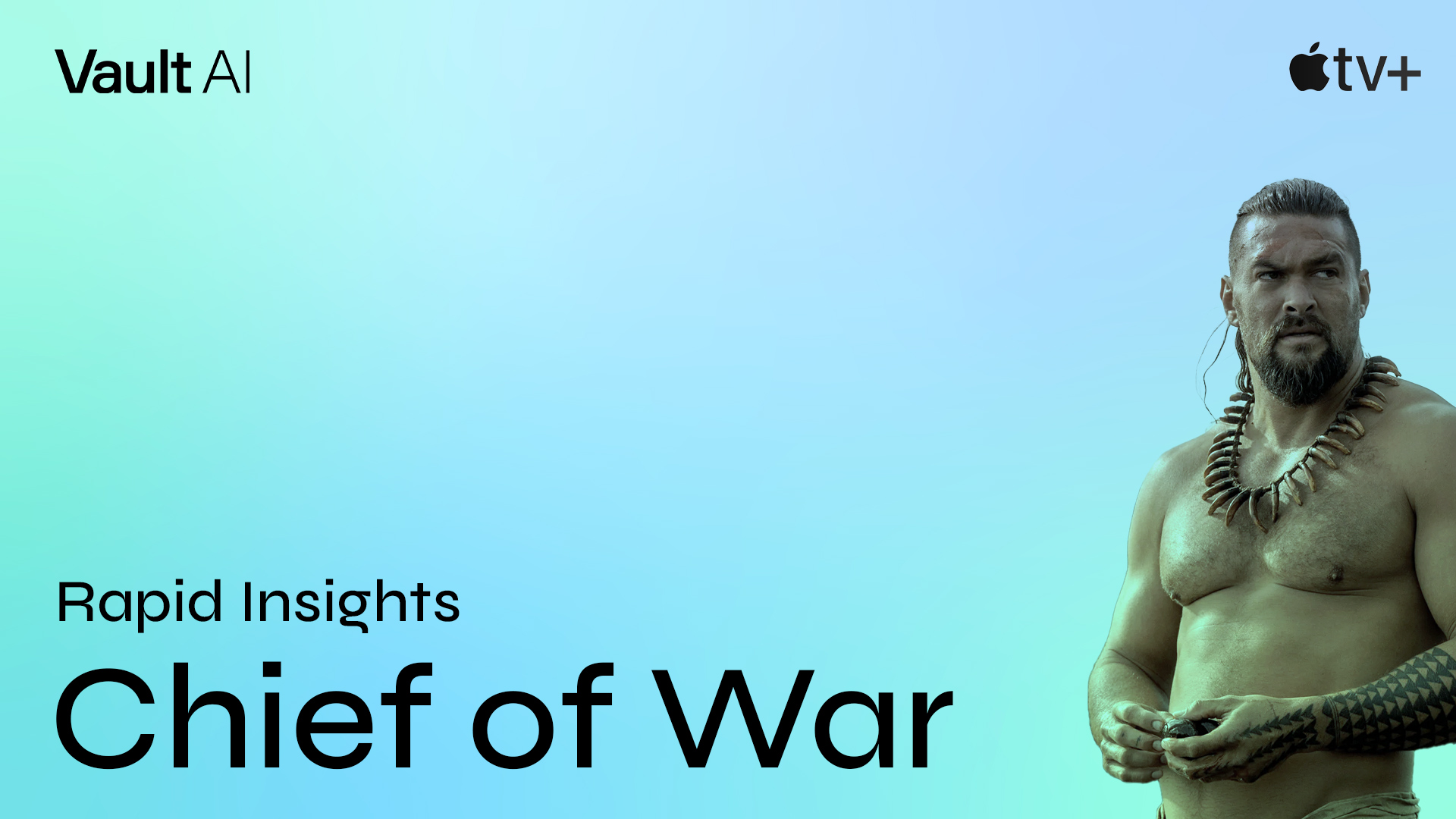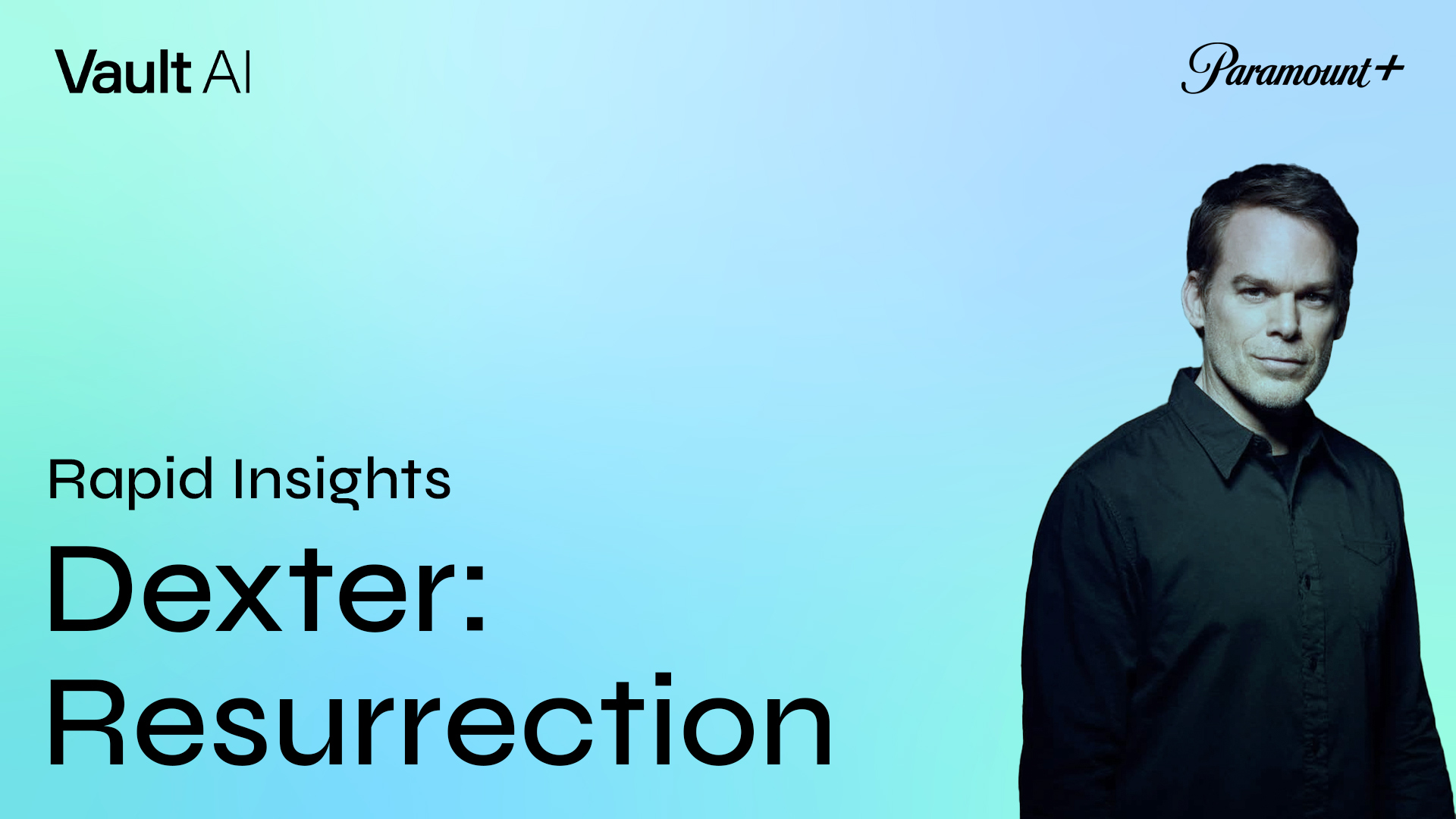Paramount+ recently premiered a buzzy new spin-off of the long-running NCIS that marks the franchise’s first foray into truly serialized storytelling. The show reunites two beloved characters who left NCIS years ago and follows them–now exes and co-parents–on the run across Europe as they struggle to piece together who’s after them and why.
Here’s what you need to know about NCIS: Tony & Ziva:
Vault AI uses index scores to describe the impact a given story/theme/element will have on specific KPIs:
≤79 Disappointing 80-89 Challenging 90-109 Average 110-119 Promising 120+ Outstanding
Is the same NCIS audience tuning in for this spin-off?
Yes. We’re seeing a viewership that leans toward women (56%) and is mostly aged 35+ (90%)–a nearly spot-on match for the other NCIS-branded series, even though they aired on broadcast and Tony & Ziva is native to streaming. This new show is also helping to attract more women to Paramount+, as many of the platform’s other recent releases (MobLand, Landman, Mayor of Kingstown, Tulsa King, 1923) have appealed much more strongly to men.
How important is the franchise connection?
Extremely. Tony & Ziva’s link to the original NCIS is its #1 viewership driver and overall ratings propeller (IP Extension, 150)–a fact it actually shares with its predecessor, itself a spin-off of 90s drama JAG (NCIS: IP Extension, 160). Similarly, the fact that the new show brings back two long-departed fan-favorite NCIS characters–they’re together again onscreen for the first time in twelve years (Reunion, 122)–is stoking fan fervor, with their electric On Again, Off Again Relationship (125) taking center stage in a way it never could on the main series. The pair’s continuing love story is contributing to Tony & Ziva’s bingeability, longevity, and social buzz.
Does Tony & Ziva rely on the same elements that have made NCIS so successful?
No. The D.C.-set NCIS as well as its prior spin-offs (Los Angeles, New Orleans, Hawaii, Sydney, and Origins) are case-of-the-week Police Procedurals (160), each following a series of episode-long Criminal Investigations (130) driven by a US Federal Agency (122) and peppered by the Workplace Dynamics (116) of its staff. While this formula has proven to be episodic gold, propelling the original series through twenty-three seasons and counting, the new Tony & Ziva is branching out into less familiar territory, leaning heavily into serialized storytelling and landing closer to an international spy thriller.
What’s making Tony & Ziva stand out as unique?
Character drama and sustained suspense. While the original NCIS hinted at Tony and Ziva’s personal lives and peppered in a few reveals, their new namesake show delves much deeper into their complicated Family Life (145) as Protective Parents (146) to a 12-year-old daughter and clashing exes who still feel a spark. The series amps up the tension–both personal and professional–by sending them on the run together across Europe with their Lives in Danger (127) as mysterious foes both set them up and try to take them down (Being Hunted, 135). The thrill of watching them Search for the Truth (130) in a Race Against Time (130) to clear their names and save their child is helping to drive ratings and bingeability, while their unusual family dynamic offers great promise for future seasons.
—
Most Popular Rapid Insights
Redefine your understanding of TV subgenres
Introducing Genre DNA™ – TV subgenres redefined by groundbreaking AI analysis to reveal the true drivers of viewership.
See the insights that others can’t
Genre DNA™ goes beyond traditional TV genre classifications by analyzing over 1,000 scripted and unscripted series on both linear and SVOD platforms from the last 5 years.
Each Vault Genre DNA™ report offers a precise analysis of your chosen TV subgenre, uncovering its unique drivers of viewership.
*Publicly released trailers for series are evaluated using Vault’s algorithms – utilizing our proprietary 120K+ story element database alongside viewership performance and other datasets – to identify unique combinations of stories, themes, characters, and genre elements that will drive success.
